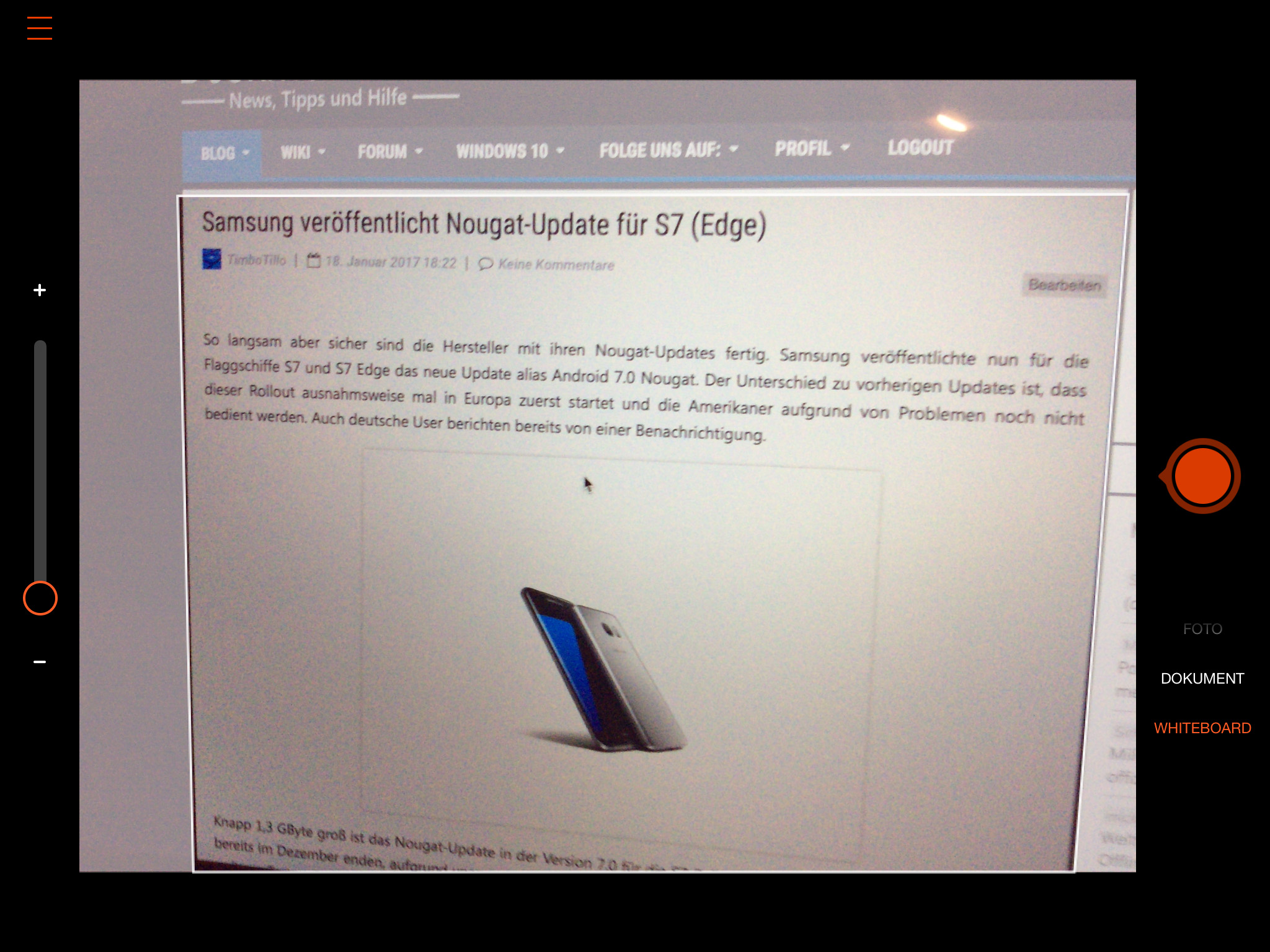
For some, it may not be obvious which policy settings are required to implement a complete scenario. The choices available in APP enable organizations to tailor the protection to their specific needs. Create Intune app protection policiesĪpp Protection Policies (APP) define which apps are allowed and the actions they can take with your organization's data. For more information, see App-based Conditional Access with Intune. For Android devices, the Intune Company Portal app is required. To leverage app-based conditional access policies, the Microsoft Authenticator app must be installed on iOS devices. These policies are described in Conditional Access: Require approved client apps or app protection policy.įollow the steps in Require approved client apps or app protection policy with mobile devices, which allows Office for iOS and Android, but blocks third-party OAuth capable mobile device clients from connecting to Microsoft 365 endpoints. To do this, you will need a conditional access policy that targets all potential users. Organizations can use Azure AD Conditional Access policies to ensure that users can only access work or school content using Office for iOS and Android. At a minimum, you will want to deploy a conditional access policy that allows connectivity to Office for iOS and Android from mobile devices and an Intune app protection policy that ensures the collaboration experience is protected. The richest and broadest protection capabilities for Microsoft 365 data are available when you subscribe to the Enterprise Mobility + Security suite, which includes Microsoft Intune and Azure Active Directory Premium features, such as conditional access.

Adding new functionality for common tasks people often encounter when working on a phone-things like making quick notes, signing PDFs, scanning QR codes, and transferring files between devices.Integrating Office Lens technology to unlock the power of the camera with capabilities like converting images into editable Word and Excel documents, scanning PDFs, and capturing whiteboards with automatic digital enhancements to make the content easier to read.

It requires far less phone storage than installing individual apps while maintaining virtually all the capabilities of the existing mobile apps people already know and use.


 0 kommentar(er)
0 kommentar(er)
